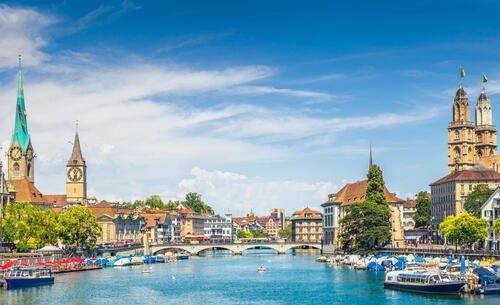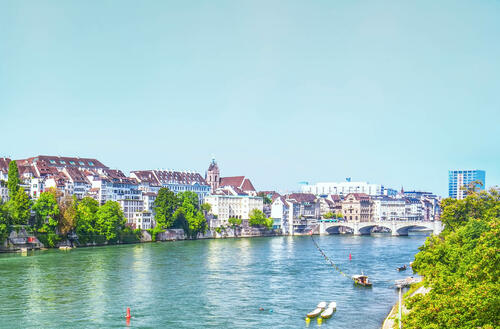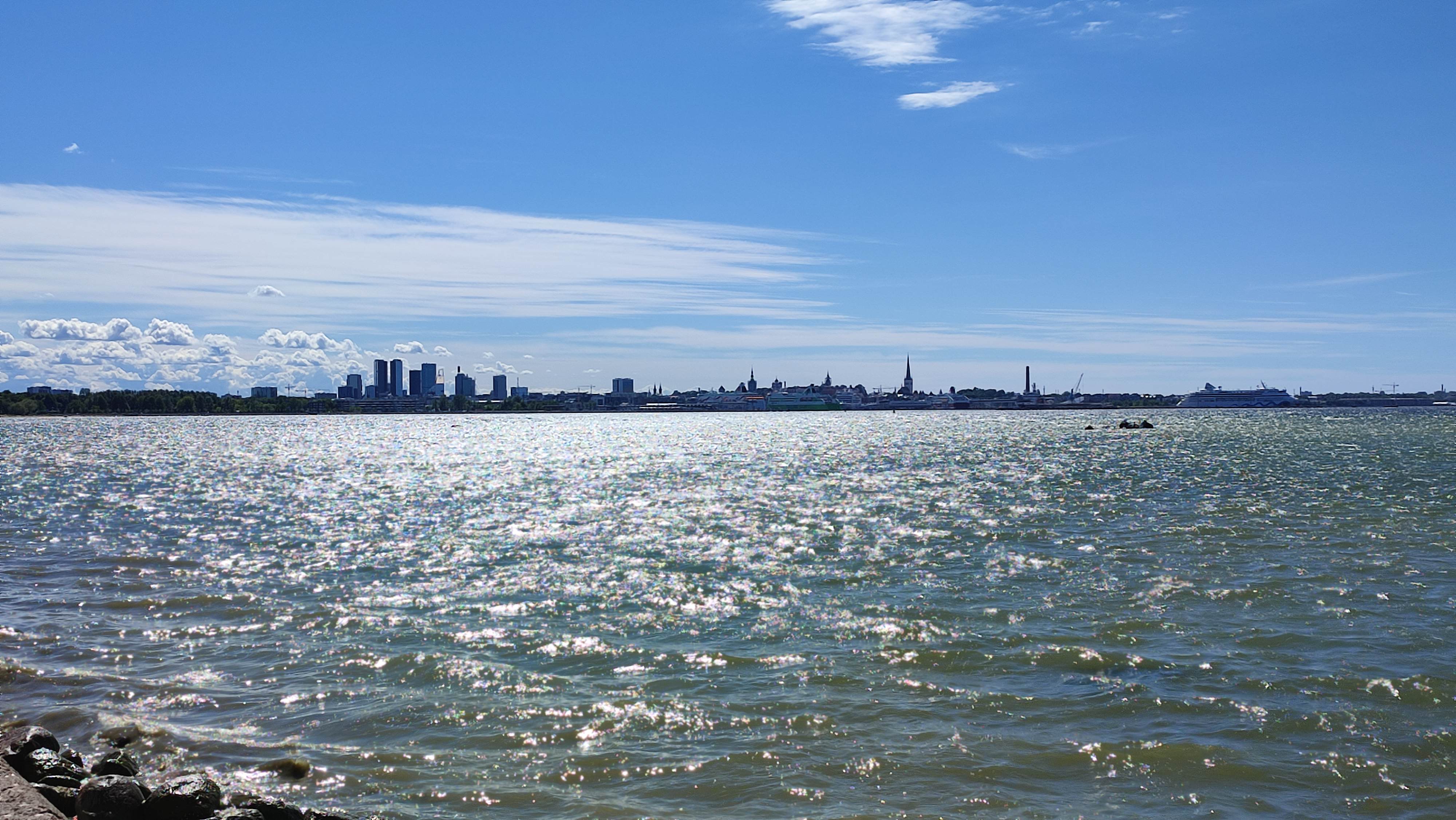Impactul valurilor de căldură crește rapid
Creșterea rapidă a numărului de decese cauzate de căldură ilustrează în mod dramatic cât de problematic a devenit echilibrul delicat al utilizării terenurilor, mai ales pe măsură ce peisajele urbane continuă să se extindă, iar tot mai multe persoane se mută zilnic din zonele rurale în orașe. Valurile de căldură se numără printre cele mai periculoase fenomene naturale, iar grupurile deosebit de vulnerabile trebuie protejate împotriva stresului termic.
Hărțile de Căldură Urbană meteoblue oferă prognoze hiperlocale concepute special pentru mediile urbane, punând la dispoziția locuitorilor și a planificatorilor urbani instrumentele necesare pentru a evalua impactul măsurilor de atenuare a schimbărilor climatice, cum ar fi introducerea direcționată de spații verzi într-un mediu urban.
Hărțile noastre de căldură arată unde modificări mici pot produce un impact major. Oferind informații meteorologice detaliate și predicții, Hărțile de Căldură Urbană meteoblue le permit dezvoltatorilor urbani, companiilor și locuitorilor să ia decizii informate pentru îmbunătățirea calității vieții în oraș. Astfel de acțiuni țintite contribuie la un viitor urban mai confortabil și mai durabil, ajutând comunitățile urbane să prospere în ciuda unei clime în schimbare.
Global Heat Monitor – Detectarea timpurie a valurilor de căldură iminente pentru orașele din întreaga lume
Orașul care vă interesează nu este listat? Nicio problemă: noi orașe pot fi adăugate în interfață în doar câteva zile. Vă rugăm să ne contactați, iar experții noștri vă vor răspunde în scurt timp. După ce orașul a fost adăugat, widget-ul de hartă rezultat poate fi integrat pe website-uri și în aplicații în câteva minute.
Află mai multeCum să identificați simptomele stresului termic
Epuizare termică
- Leșin sau amețeală
- Transpirație excesivă
- Piele rece, palidă și umedă
- Greață sau vărsături
- Puls rapid și slab
- Crampe musculare
Pentru a preveni epuizarea termică, consultați măsurile recomandate de mai jos.
Insolație
- Durere de cap pulsatilă
- Fără transpirație
- Temperatură corporală ridicată
- Piele roșie, fierbinte și uscată
- Greață sau vărsături
- Puls rapid și puternic
- Poate pierde cunoștința
Insolația este o afecțiune care pune viața în pericol: solicitați imediat asistență medicală sau apelați numărul local de urgență!
Cum să vă protejați pe dumneavoastră și pe ceilalți de stresul termic
Asigură-te că ai o sursă constantă de apă potabilă și amintește-ți să bei regulat. Încurajează-i și pe alții să facă la fel.
Rămâi în interior sau în zone umbrite și bine ventilate. Poartă haine ușoare, de culori deschise și evită activitățile în aer liber în jurul amiezii.
Ține ferestrele și jaluzelele închise în timpul zilei și aerisește noaptea. Fă dușuri răcoroase sau umezește-ți pielea cu o cârpă umedă pentru un plus de confort.
Programează activitățile în cele mai răcoroase momente ale zilei și evită exercițiile în căldură.
Fii atent la grupurile vulnerabile precum copiii mici, vârstnicii, femeile însărcinate și persoanele cu afecțiuni medicale. Fii vigilent la simptomele bolilor provocate de căldură.

Hărți de Căldură Urbană din apropiere
Rezoluția spațială de 10 m a Hărților de Căldură Urbană este obținută prin tehnici de reducere a scării temperaturii aerului, de ultimă generație și cu rezoluție înaltă, bazate pe modele numerice de prognoză meteo la scară mezoscalară și imagini satelitare. În plus, cuplarea opțională a sistemului de monitorizare a valurilor de căldură cu o rețea fizică de stații meteorologice permite verificarea și ajustarea fină a datelor modelului prin măsurători in situ, precum și urmărirea impactului măsurilor de atenuare a schimbărilor climatice implementate.
Orașe cu sisteme active de monitorizare a climatului urban
Acest proiect a primit finanțare din partea "Programului de Cercetare și Inovare Horizon 2020" al Uniunii Europene în cadrul Acordului de Grant 101004112.

Hartă hiperlocală a vântului urban – Exemplu pentru Zürich
Dincolo de afișarea temperaturii la rezoluție înaltă, Hărțile de Căldură Urbană meteoblue pot fi îmbunătățite cu o serie de funcții utile, inclusiv opțiunea de prognoză pe 7 zile, suprapunerea radarului de precipitații în timp real și animația hiperlocală a câmpului de vânt la 2 m, demonstrată mai sus prin exemplul geamănului digital al orașului Zürich, Elveția.





